In the past, contaminated soils and biosolids (sludge) were burned, buried or chemically treated in place. These treatments tend to be costly and make compliance with federal and state laws difficult. Bioremediation uses natural biological processes to break down the hazardous substances. Naturally occurring or genetically engineered microorganisms utilize the hazardous chemicals as a food source. Bioremediation has been well documented for petroleum hydrocarbon degradation.
Bioassessment screening and biotreatability studies are important in determining if bioremediation will work for a particular site. HML offers these studies to those interested in using bioremediation as a source of disposal. Please contact us for consultation and a testing package that will suit your needs.
Microbial Analyses
An initial heterotrophic plate count will be performed on sample. The sample will also be incubated in a minimal salts broth with the requested hydrocarbon added. After a 5 to 7 day incubation, the broth will be checked for hydrocaron utilization. All hydrocarbon utilizing organisms will be identified biochemically using Biolog ™ GN or GP plates and database.
Major Nutrient Analyses – Water & Soil
Ortho Phosphate, pH, TOC, BOD, COD, TSS, TKN, Nitrate, Moisture
Micronutrient Analyses
Sulfur, Potassium, Magnesium, Iron, Cobalt, Copper, Molybdenum, Zinc
Bacterial Cultures
Microbial cultures are used to determine the type of organism, its abundance in the sample being tested, or both.

